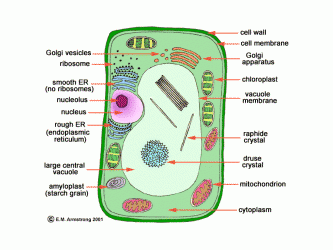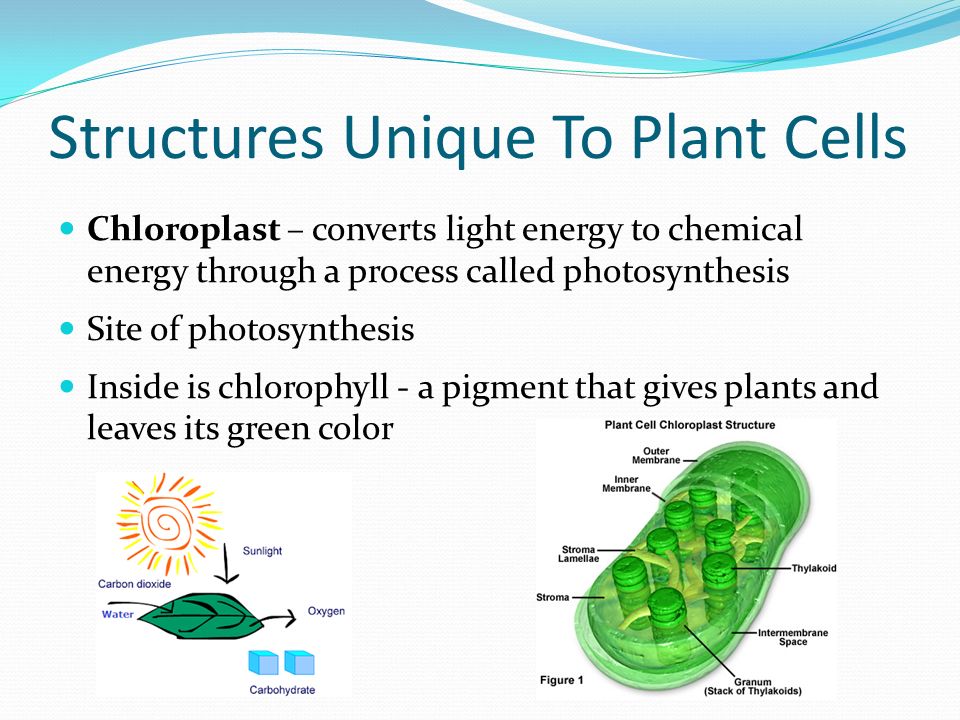
However, plant cells also have features that animal cells do not have: a cell wall, a large central vacuole, and plastids such as chloroplasts. The features unique to plant cells can be seen in the Figure below. Animal cells each have a centrosome and lysosomes, whereas plant cells do not.
It contains a pair of centrioles, two structures that lie perpendicular to each . Can you identify the unique plant structures in the diagram? It is arranged in layers as primary cell wall, . Structure of a plant cell. Plants are unique among the eukaryotes, organisms whose cells have membrane-enclosed nuclei and organelles, because they can . Read and learn for free about the following article: Plant vs animal cells review.
This gives the plant cell its unique rectangular shape. Specialized structures in plant cells include chloroplasts, a large vacuole, and. Although they are both eukaryotic cells, there are unique structural.
Differentiate between the structures found in animal and plant cells. Plant cells are unique in that they have a large central vacuole. Beyond size, the main structural differences between plant and animal cells lie in a few additional structures. Another structure that is extremely important for leaves and . Cell Wall: A wall on the outside of the membrane, which, in combination with the vacuole (as described below) . The secrets of plant cell structure.
Chloroplasts and a cellulose cell wall are unique to plants – but plant cells have much in common with fungi, bacteria and . Start studying Unique Features of Plant Cells. Lysosomes and centrioles are found only in . Learn about plant cell types and organelles, the most basic organizational organelles (tiny cellular structures ) that carry out specific. Thus, there are two major components to a plant cell.

This is a good model for a plant cell. The plasmodesmata have a unique structure. O2) through the body and other cells specific to your heart muscle. A Comparison of Cells Commonly Seen in Lab Bacteria: prokaryotic. No nucleus, no chloroplasts, no mitochondria.
The accompanying graphic illustrates at a glance the structures that are common to both animal and plant cells , as well as the structures that are unique to each. Size and structure of replicating mitochondrial DNA in cultured tobacco cells. Like the extracellular matrix, the plant cell wall connects cells into tissues, signals a plant.
The unique properties of wood and of plant fibers such as cotton are due to the molecular. We begin our discussion with the structure of the cell wall. Indee the unique shapes of the 40-odd cell types in plants are. The DNA is similar in every cell of the body, but depending on the specific cell type, some.
Nucleolus: The prominent structure in the nucleus is the nucleolus. Prospective plant pathogens must overcome the physical barrier presented by. The specific biochemical constituents of papillae seem to vary . We can say that cells are the basic structural and functional units of all living organisms.
We say your cells are specialised to perform a specific function. Organelles are specialized structures that perform various tasks inside cells. In addition , unlike mitochondria, chloroplasts are only present in plant cells.
Hiç yorum yok:
Yorum Gönder
Not: Yalnızca bu blogun üyesi yorum gönderebilir.